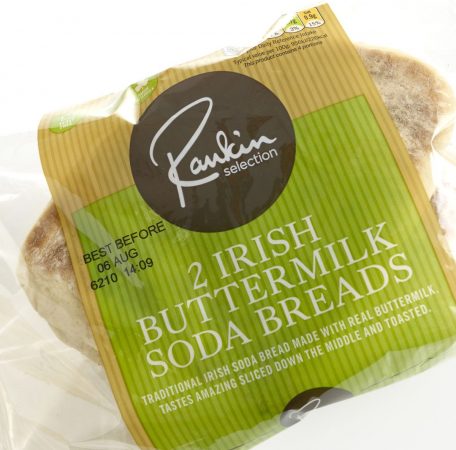
Domino cuts down on compressed air costs with its Thermal Transfer Overprinting systems
By Canadian Packaging staff
Automation Coding & Labeling Brother Industries Domino Printing Sciences TTO systems V12oi thermal transfer overprinting V230i thermal transfer overprinting systemsDomino’s V120i and V230i units don't need compressed air to operate - use stepper motors to control the printhead pressure and movement to deliver a consistent high-quality print.
Domino Printing Sciences has firmly established its environmental credentials thanks to the innovative design of its V120i and V230i (see image of V230i above) thermal transfer overprinting (TTO) systems. Unlike most TTO printers on the market, Domino’s V120i and V230i units do not require compressed air to operate, using instead stepper motors to control the printhead pressure and movement that is so critical in delivering a consistent high quality print.
“Compressed air is one of the most expensive services in a production plant and can have a substantial impact on the environment in terms of emissions output,” explains Peter Lister, Domino product manager for TTO. “Over 10 percent of electricity consumed by the U.K. industry is used for compressed air, and 40 percent of these generation costs are typically wasted on inefficient and leaking systems. When reviewing these figures, it becomes clear that there are significant savings to be made by cutting down on compressed air usage where possible.”
There are consequently clear benefits in not using compressed air technology in TTO systems. It eliminates the cost of running and maintaining a compressed air supply to the coding area. In some cases where no factory air supply even exists it can avoid the need to install one at all. Installation, maintenance and repair costs are avoided while the issue of leaks is eliminated. These leaks can cost up to 20-30 per cent of the annual printer consumables usage (Cost of air calculation based on a compressed air supply line feeding 10 printers containing two small 1.6mm leaks, each at an annual cost of £860 or CDN $1,412), which inevitably has a major impact on the operational efficiency.
A TTO unit that does not rely on compressed air makes for a more mobile solution, as only an electric supply is required, and is more suitable for use in factories where no compressed air supplies are available.
Furthermore, an all-electric system is simpler to install and set up due to the automated printhead positioning and alignment function which gives optimum set up at the press of a button without the need for tools and shims.

Cost of air calculation based on a compressed air supply line feeding
10 printers containing two small 1.6mm leaks, each at an annual cost of
£860 (CDN $1,412).
Lister goes on to explain the advantages of investing in such innovative approaches: “Our V120i and V230i TTO systems use electric motors instead of pneumatics to control their printhead pressure and movement. Somewhat surprisingly these units actually use less electrical power than direct ribbon drive TTO systems with pneumatic printhead actuation which is a real win-win situation. Thanks to the dancing arm ribbon drive system, the stepper motors are not powered when stationary and energy is therefore not needlessly consumed while the printer is idle. In addition, the printers can deliver improved and consistent print quality right from start up to shut-down as they are not affected by fluctuations in supply air pressure.”
He concludes: “These are small innovations that make a big difference to the convenience and performance of Domino’s TTO equipment.”
About Domino
Domino is the leading business within Domino Printing Sciences. Founded in 1978, the company has established a global reputation for the development and manufacture of coding, marking and printing technologies, as well as its worldwide aftermarket products and customer services. Today, Domino offers one of the most comprehensive portfolios of complete end-to-end coding solutions spanning primary, secondary and tertiary applications designed to satisfy the compliance and productivity requirements of manufacturers. These include innovative inkjet, laser, print and apply, and thermal transfer overprinting technologies that are deployed for the application of variable and authentication data, bar codes and unique traceability codes onto product and packaging, across many industrial sectors, including food, beverage, pharmaceutical and industrial products.
Domino employs 2,600 people worldwide and sells to more than 120 countries through a global network of 25 subsidiary offices and more than 200 distributors. Domino’s manufacturing facilities are situated in China, Germany, India, Sweden, Switzerland, U.K. and the U.S. Domino became an autonomous division within Brother Industries on 11th June 2015.
For further information on Domino, visit www.domino-printing.com.
Advertisement

